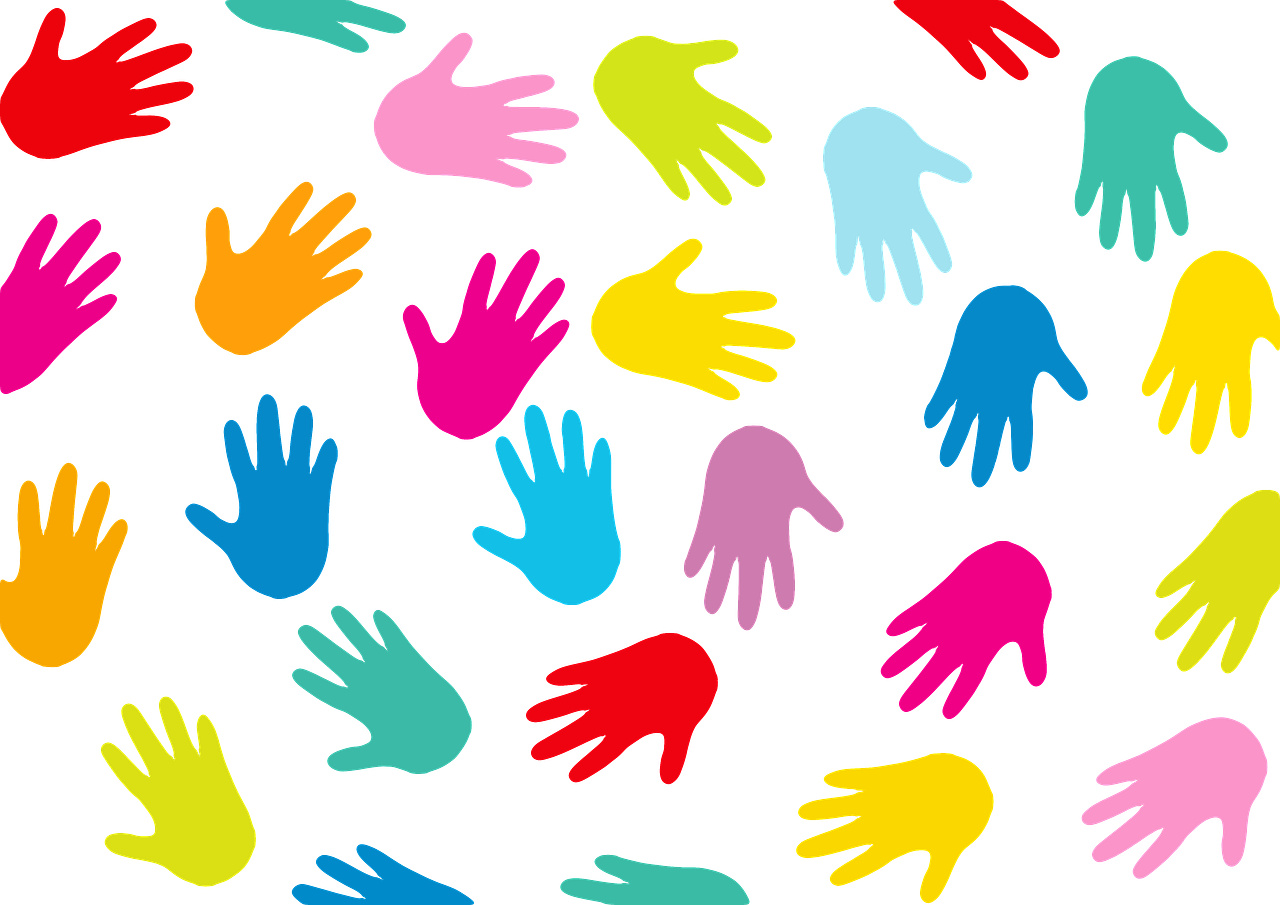
Employing people with disabilities—a huge and largely overlooked market segment— makes a lot of sense for companies, but sometimes requires overcoming an irrational fear of the unknown and looking at abilities rather than disabilities. When deciding between two job candidates, who do you choose? The able-bodied or the disabled applicant? The International Labor Organization argues that any organisation would be foolish to allow disabilities to factor into the decision-making process. What matters most is which person possesses the necessary skills and will fit well into the company’s environment.
Fear barriers
Once the workplace has been made accessible for those with mobility issues, all candidates should be on a level playing field. Yves Veulliet, Global Disability & Inclusion Manager at IBM, had an accident that deprived him of the use of his legs when he was 21. He claims that people with disabilities face barriers not only in finding a job—often due to misconceptions about what they can and cannot do—but when they do get a job, negative attitudes from co-workers and supervisors often affect their careers, even in companies committed to hiring disabled persons. He commented, “The reality is that we are all afraid of the unknown. Most people are uncomfortable at first around people with disabilities, it is natural.”
Veulliet has now been with IBM for 25 years, The company presented an environment in which he felt his disability had vanished due to the work culture, an inclusive atmosphere and also the accessibility of the premises. He stated, “At the end of the day, an employer’s mission is to provide me with an enabling environment so I can manage my disability, and my mission as an employee is to manage my disability and my work. Roles must be clear for both.”
If the positive recognition from employees for being a disability-blind skill-centric employer is not impetus enough to get companies to review their hiring strategies, Rich Donovan—a disability and corporate profitability expert—urges them to think of the bottom line. The world’s 1.3 billion people with disabilities along with their 2.2 billion friends and family control more than USD 8 trillion in global disposable income per year. Even those without a close connection to someone living with a disability are likely to look favourably upon those companies that employ people with disabilities.
Enforcing inclusion
Some nations have implemented legislation to get disabled people into the workplace—at least 1% of Indonesian workforces must be made up of people with disabilities. Better Work, a partnership between the ILO and the International Finance Corporation, helps companies in Indonesia comply with the law. It may sometimes be a case of jobseekers and employers not knowing what legislation is out there to protect them. Simon Field, Chief Technical Advisor for Better Work Indonesia, shared, “One of our team members, Angela Friska, who is deaf, raises awareness among the employers in the garment industry.” To date, only three of the 90 suppliers Better Work works with are fully compliant with the legislation. “There is still a lot of work to be done,” Field said,. “but it’s a start.”
Multinationals are also pushing their suppliers to become disability inclusive, with employers gradually realising that hiring people with disabilities is not just charity and that employees with disabilities have a lot to contribute. Sreela Das Gupta, Global Diversity & Inclusion manager at Tata Consulting Services stated, “It’s not just the right thing to do, but the smart thing to do.” Sean Callaghan, a GM at Sodexo in Canada has four people with various disabilities on his team of 36. He said, “How do you speak about someone’s ‘disability’ when it is hidden by their ‘ability’?”
In the many presentations he gives about disability inclusion, Veulliet asks managers to ask themselves why they should hire a person with a disability when they can hire a non-disabled one. He stated, “The answer is companies do not have to hire a person with a disability. They have to hire someone with the appropriate skills to perform a given job. If that person happens to have a disability, so be it, but disability is not the point.”
Local efforts
Always championing acceptance and awareness, Community Business's latest Diversity & Inclusion in Asia Conference brought together Hong Kong’s thought leaders on diversity and inclusion. Led by stories from Coca-Cola and Standard Chartered Bank, discussion was based around real examples of diversity being leveraged to drive competitive advantage.
Kit Choi, Vice President Human Resources, The Coca-Cola Company commented, “To Coca-Cola, diversity is not just about Human Resources policies and practices. It’s an integral part of who we are, how we operate and how we see our future. As a global business, we believe that our ability to understand, embrace and operate in a multicultural world—both in the marketplace and in the workplace—is critical to our long-term sustainability.”
Jacqueline Rolf, Head, Group Diversity and Inclusion at Standard Chartered Bank shared, “At Standard Chartered, we have found that designing products and services for specific groups of clients, such as women, the LGBT community, and our Islamic Banking clients, has the added benefit of appealing to many others outside that specific group. In the same way, we know that fostering a truly inclusive and flexible environment in the workplace for diverse groups, in which they can play to their strengths and produce their best without fear of bias, has the happy outcome of creating an inclusive environment for everybody. So flexibility—of mindset, and of working practices—is a key enabler for engagement, productivity and hence business success for the future.”
Day one of the conference centred on a ‘Female Advantage Programme’, designed for those looking to leverage the competitive advantage brought by female talent to leadership and organisational success in Asia, whilst the ‘Taking the Lead with LGBT Programme’ on day two was targeted at those passionate about progressing LGBT inclusion in Asia and achieving market differentiation. There were also breakout sessions on culture, disability, religion, and generations.
Fern Ngai, CEO of Community Business stated, “We have worked hard to help companies understand that embracing diversity and inclusion is critical to being an employer of choice. But if we are to engage business leaders and make diversity and inclusion core to business strategy, we have to help companies see the link with achieving competitive advantage in the external market place. Although a top-down approach can ensure momentum, passionate individuals who embrace responsible and inclusive practices are powerful bottom-up forces to influence culture and buy-in across the organisation. ”





